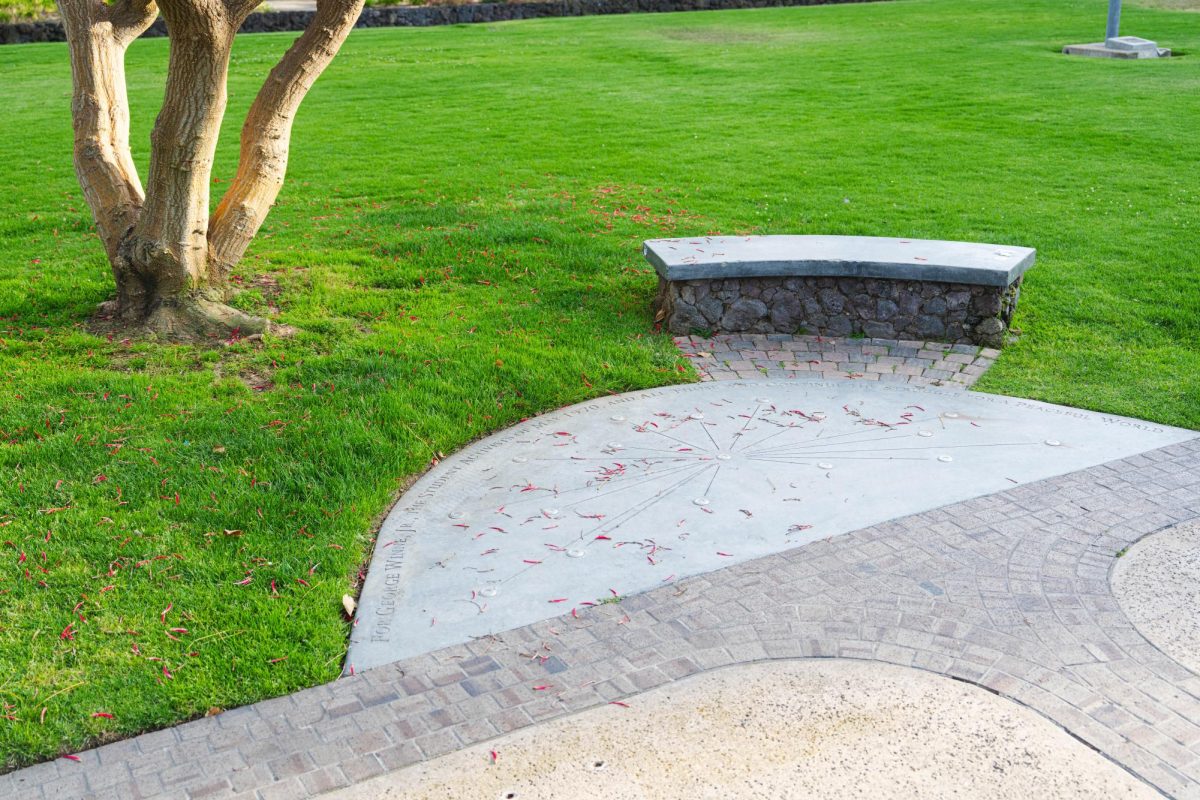No one’s making any promises, but scientists at UCSD are doing extensive research that could pave the way in helping repair otherwise irreparable nerve injuries.
Beginning in 2009, professors of Biology Andrew Chrisholm and fellow investigator Yishi Jin created a team of biologists to observe C. Elegans, a species of roundworms, in order to find out which genes correlate with nerve damage repair.
Their two-year study, funded largely by National Institutes of Health and the Howard Hughes Medical Institute, was recently published in the scientific journal Neuron. They injected a total of 654 worms with a mutated gene, used a laser to damage a nerve and 24 hours later, observed how the lack of a certain gene (the mutation) affected the repair process of the nerve — a meticulous process that has taken up the bulk of the two-year research period.
Chrisholm’s team consists not only of UCSD professors, but also undergraduate students and a few scientists from Oregon who were attracted to the project in its initial phases.
“Yishi Jin was giving a seminar in Oregon during the early stages of this work,” Chrisholm said. “She was talking with one of the professors there, Professor Bruce Bowerman, who I knew from 20 years ago. He’s actually been working on a gene, the FA6, which is one of the inhibitors [of nerve repair] that we ended up finding. That’s how the University of Oregon got involved.”
In addition to the FA6, the biologists have successfully discovered a total of 70 genes that promote axon regeneration, and at least six that repress it — both of which are very telling discoveries.
“In some mutants, [the axon] doesn’t regrow, which means that the gene [we knocked out] is required for axon regrowth,” Chrisholm explained. “In a small number of worms, the axons regrow even faster than normal, which means that the gene is an inhibitor in axon regrowth.”
And skeptics, rest assured; Chrisholm is confident that the genes they’ve been looking at are “conserved” during evolution, meaning that we humans have them in our own genetic makeup. One particular gene they’ve been observing, labeled “DLK,” is one that is also found in humans, and as they’ve noticed is a particularly essential part of nerve regeneration.
“If you knock out DLK, the nerves develop completely normally, but when they get damaged, nothing happens,” Chrisholm said. “It shows the DLK is needed very specifically for nerve repair, and for a very early stage of it.”
He insists that no one’s quite “jumping up and down happy to have found the cure to spinal cord injury,” but the future of these discoveries may hold a new solution to serious nerve damage. If scientists have a better idea of what genes to target, they can indirectly boost or suppress the effects of that gene.
“You can’t do much about the DNA, but you can inhibit the RNA and stop the gene from being expressed,” he said. “Or you can go into the proteins that are created by each gene, and get drugs that affect proteins.”
It’ll be a while before we see the research turn into feasible medical solutions. Chrisholm and his team aren’t even done with the C. Elegans and they’re now trying to find the funding to move their experimental process to mice, to see how the different genes affect axon regrowth in mammals.
“Funding is very tight these days, but we have a good case,” Chrisholm said.
In the slim chance that the team’s research proves itself irrelevant to human usage, the team has reason to pride itself on discovering an innovative and comprehensive way of looking at nerve damage that will surely inspire other researchers in the field to look at axon repair from the genetic perspective.
It may be a long way down the road before anyone applies these findings to our own kind, if at all, as Chrisholm notes, but the mere idea of providing hope to someone facing life-long paralysis is certainly a good start.






